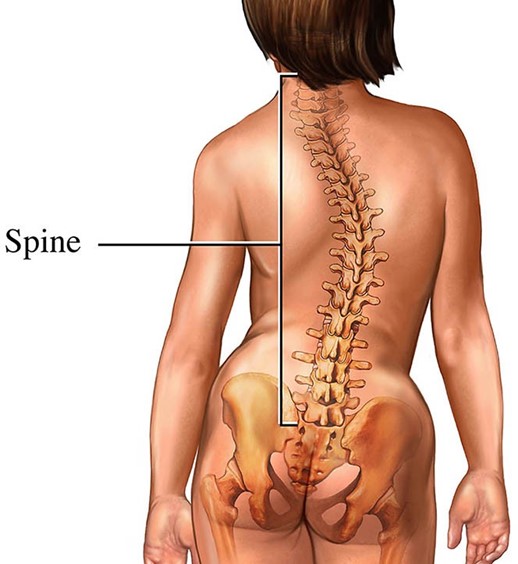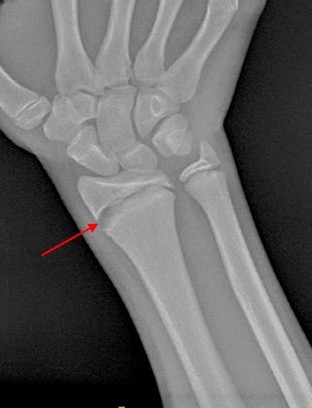A nurse is assisting with a routine physical examination of an adolescent. The provider observes a lateral curvature of the spine.
The nurse should expect the provider to document which of the following disorders?
Torticollis.
Kyphosis.
Scoliosis.
Lordosis.
The Correct Answer is C
Scoliosis is a condition characterized by sideways curvature of the spine or backbone.
A lateral curvature of the spine is called scoliosis.
Choice A, Torticollis, is not the correct answer because it is a condition in which the head becomes persistently turned to one side, often associated with painful muscle spasms.
Choice B, Kyphosis, is not the correct answer because it refers to an excessive outward curvature of the spine, causing hunching of the back.
Choice D, Lordosis, is not the correct answer because it refers to an excessive inward curvature of the spine.

Nursing Test Bank
Naxlex Comprehensive Predictor Exams
Related Questions
Correct Answer is B
Explanation
A cerebral palsy is a group of disorders that affect movement and muscle tone or posture.
It’s caused by damage that occurs to the immature, developing brain, most often before birth.
Signs and symptoms appear during infancy or preschool years.
In general, cerebral palsy causes impaired movement associated with exaggerated reflexes, floppiness or spasticity of the limbs and trunk, unusual posture, involuntary movements, unsteady walking, or some combination of these.
An 8-month-old infant with cerebral palsy may have developmental delays and may require pillow props to sit up.
Choice A, Tracking an object with eyes, is a normal developmental milestone for
an infant.
Choice C, Uses a pincer grasp to pick up a toy, is also a normal developmental
milestone for an infant.
Choice D, Smiles when a parent appears, is also a normal developmental milestone for an infant.
Correct Answer is A
Explanation
An epiphyseal fracture is a fracture that occurs in the epiphyseal plate, which is the layer of cartilage between the end of a long bone and the start of the bone shaft.
This type of fracture is most common in children and adolescents, as their bones are still growing and the epiphyseal plate is not yet fused to the bone shaft.
Because this is where new bone develops, injuries to this area can cause the plate to close prematurely, jeopardizing bone growth.
Choice B, “Bone marrow can be lost through the fracture,” is incorrect because
bone marrow is not lost through an epiphyseal fracture.
Choice C, “The younger the child the longer the healing process will take,” is incorrect because younger children generally heal faster than older children or adults.
Choice D, “The blood supply to the bone is disrupted,” is incorrect because an
epiphyseal fracture does not necessarily disrupt the blood supply to the bone.

Whether you are a student looking to ace your exams or a practicing nurse seeking to enhance your expertise , our nursing education contents will empower you with the confidence and competence to make a difference in the lives of patients and become a respected leader in the healthcare field.
Visit Naxlex, invest in your future and unlock endless possibilities with our unparalleled nursing education contents today
Report Wrong Answer on the Current Question
Do you disagree with the answer? If yes, what is your expected answer? Explain.
Kindly be descriptive with the issue you are facing.
